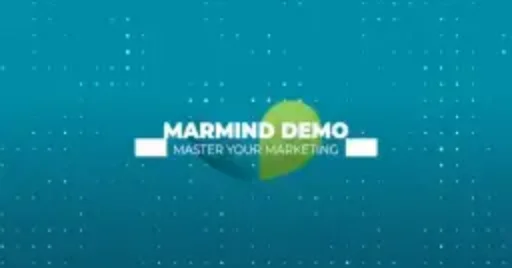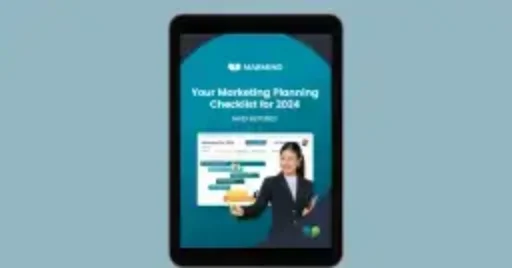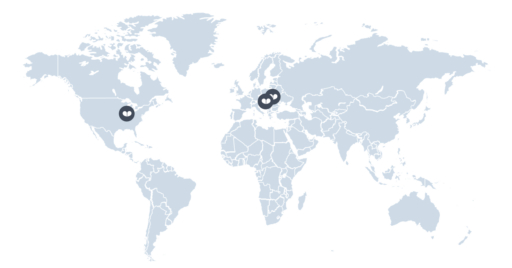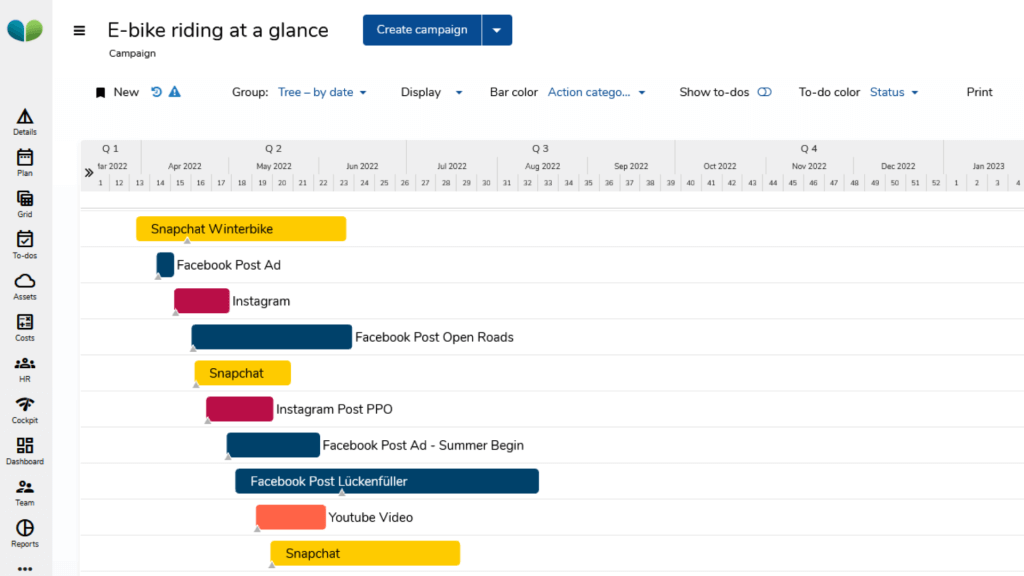Looking to broaden your marketing horizons and connect with potential customers in new ways? Outbound marketing is an excellent tool for that, and when combined with inbound techniques, it can amplify your brand’s reach and generate leads.
Let’s explore how to make the most of outbound marketing strategies and tactics to drive sales and elevate your marketing efforts.
What is Outbound Marketing?
Outbound marketing is a traditional form of marketing in which businesses initiate conversations with potential customers through various channels, such as:
- cold calls,
- emails,
- and advertisements.
This approach contrasts with inbound marketing, which draws in customers through targeted content and engagement.
Examples of outbound marketing channels include:
- TV and radio commercials,
- digital ad channels like Facebook and Google,
- customer relationship management software,
- platforms that facilitate cold calling.
Outbound Marketing vs Inbound Marketing
While outbound marketing focuses on pushing messages to a broad audience, inbound marketing efforts attract customers through targeted content.
➡️ Outbound tactics such as cold calling, emailing, and advertising can be highly effective in generating leads and raising brand awareness. Pre-roll ads on YouTube are an example of this marketing strategy.
➡️ On the other hand, an inbound marketing strategy often involves creating valuable content like blog posts, YouTube videos (don’t mistake them with pre-roll ads that are targeted and sponsored), or podcasts that educate and inform your audience, increasing their awareness of your product or service.
And there’s no bad approach here.
To create a comprehensive marketing approach that maximizes results, the best choice is to use a combination of both strategies – including a well-planned outbound marketing strategy for outbound marketing campaigns.
⭐ For instance, digital ads can be used to promote blog posts, which can then be retargeted further with new ads for conversion-oriented marketing assets such as whitepapers, case studies, or webinars.
This is all done to move the leads further down the funnel.
The key takeaway here is that both outbound and inbound marketing strategies have their unique advantages and can complement each other for better results.
Best Outbound Marketing Tactics
We know several tactics for outbound marketing, but the best ones include:
- Cold emails
- Direct mail
- Telemarketing
- LinkedIn outreach
- Webinars
- Influencer partnerships
- Trade shows
- PPC advertising
- Retargeting ads
What will using all these tactics get you? Well, you can cast a wider net, engage with potential customers, and generate leads that drive sales and growth.
Let’s discuss all these tactics below.
#1 Cold Email Campaigns
Cold email campaigns can yield high success rates if they are personalized, targeted, and offer value to the recipient. If you maintain brevity, provide something of value, and personalize the message, you can increase the chances of your cold emails being read and acted upon by potential customers.
Cold emails are often received less negatively than cold calls and allow recipients to read them at their own convenience and decide whether they want to engage further.
#2 Direct Mailers
Despite the rise of digital marketing, direct mailers remain a highly effective way to reach potential customers. Go a step further and combine direct mailers with digital marketing efforts. If you do so, you will boost your brand recall rate and create a more memorable impression.
This traditional form of marketing contains:
- Postcards
- Flyers
- Brochures
- Catalogs
- Other printed materials
It allows companies to connect with customers in a tangible way and reinforce their brand message.
For example, you can send a brochure with your latest offering and redirect potential customers to your website to finalize the purchase. Look at good old Ikea – they are heavily digitalized, yet you can still find their printed catalogues (or use the ones published online, yes)!

#3 Telemarketing
Telemarketing, or cold calling, can be particularly helpful for reaching new audiences if they are focused on quality conversations. It might not deliver results in each and every sector – however, there are some business branches where it might be more efficient than anywhere else.
And if you’re not persuaded yet – many buyers had accepted meetings with salespeople after a sequence of contacts that began with a cold call.
But what can you do to better organize your cold calling efforts and improve the chances of connecting with potential customers? First of all, you can help yourself and your team and take advantage of platforms such as RingCentral, Gong, and AirCall. Then, you need to work on sales sequences and corresponding activities, such as emails or demo presentations.
#4 LinkedIn Outreach
Social media can bring your marketing a lot of positive results that would be difficult to get anywhere else. For example, LinkedIn outreach enables sales professionals to:
- Connect with recipients and partners on the platform
- Provide a professional setting for relationship-building and business development
- Build relationships, boost brand recognition, and generate leads
- Research and target individuals on LinkedIn
- Craft personalized messages
- Engage with customers and partners
For successful LinkedIn outreach, having a professional profile, taking advantage of LinkedIn groups, and exploring the use of LinkedIn Ads can further enhance your efforts. You can use their knowledge hub to get the most of this platform.
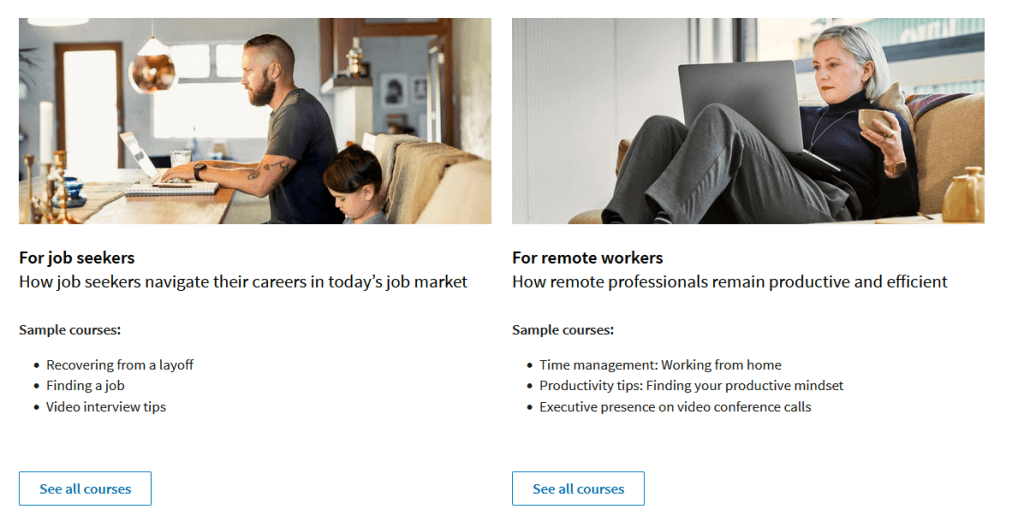
#5 Webinars and Virtual Events
They had their moment in 2020, but even now almost into 2024, they are widely used by companies all over the world. Webinars and virtual events offer opportunities to:
- Engage with potential customers
- Showcase expertise in your field
- Enhance brand recognition
- Provide valuable information to your audience
These online interactions can help companies achieve these goals.
You can connect with the audience and position yourself as a thought leader in their industry if you organize webinars and virtual events that deliver high-quality content and engaging experiences.
And, needless to say, they are brilliant lead generators. If you decide to run a webinar, you can gate it behind a lead gen form. Everyone who signs up on your webinar, automatically gets on your emailing list.
And from there, it’s only up to you how you’ll proceed. It is fine to follow up or remind your audience about the event, but you shouldn’t spam them.
#6 Influencer Partnerships
Commercial partnerships with influencers can actually satisfy both outbound and inbound strategies, and can help businesses:
- Reach new audiences
- Build credibility through trusted voices
- Collaborate with popular social media influencers to tap into their audience
- Align brand values with the influencer’s personal brand
- Increase visibility and engagement
Influencers are often considered more trustworthy than advertisements, so using them in your business outbound marketing strategy might be hitting a jackpot.
It’s not about picking any influencers you’d like. You need to spend time on curating the list. Selecting the right influencers and creating authentic, engaging content, all companies can expand their reach and drive sales funnel. Selecting the wrong ones will damage your reputation and drive results far from intended.
#7 Trade Shows and Conferences
Offline events provide opportunities for networking and brand exposure. They give you a chance to showcase your products and services, connect with potential customers and partners, and create potential leads.
But it has to be done right. Instead of being reactive, you need to be proactive and care about event networking – no matter if you’re an exhibitor or visitor.
To maximize the benefits of trade shows and conferences, businesses should first of all leverage networking opportunities, along with designing captivating displays, and following up with prospective contacts when they arise.
#8 PPC Advertising
PPC advertising can bring immediate traffic and results when optimized effectively. How does it work? As a digital marketing model, advertisers pay a fee for each click on their ad, directing relevant traffic to their websites or landing pages.
Brands can boost their online visibility and drive conversions when they optimize search ads and utilize tools like Google Ads.
However, PPC advertising comes with its challenges:
- Huge competition – no matter the industry, many companies use PPC advertising in their strategies,
- Constantly increasing PPC – because of the competition, the actual fees are getting less and less affordable,
- Stumbling upon ad blockers – many users deliberately decide to block ads, so that the content is invisible to them.
How to combat it? The next point can come with some answers.
#9 Retargeting Ads
These ads help to stay top-of-mind with potential customers who have already shown interest in your products or services. They use cookies to monitor user behavior and display tailored ads to users across multiple platforms and websites.
Have you ever seen the “Hey, come back, your shopping cart is waiting for you!” kind of ad? You probably did – and that’s where retargeting and remarketing got you, altogether.
Retargeting ads can contribute to higher conversion rates and improved return on investment. Companies need to keep their brand in front of bounced traffic and re-engage potential customers.
How to Get Started With Outbound Marketing
To successfully launch an outbound marketing campaign, you need to follow a series of steps that contain:
- Market research
- Strategy development
- Content creation
- Tracking and analytics setup
- Campaign optimization
Outbound marketing activities will be targeted, effective, and in line with your overall marketing objectives if they adhere to these steps.
Run Market Research and Target Audience Identification
Solid market research can give you a lot of data to work on. Sadly, this is where many businesses simply stop – collecting the data without actually using it further.
Research gives you a lot of insights on demographics, interests, and behaviors to better understand your audience. You can recognize some patterns or channels you would have never thought of using before!
To get to know more about your target audience, you can use:
- Surveys
- Interviews
- Focus groups
- Customer segmentation
All the information you have gathered can then be used to tailor marketing campaigns and messaging to resonate with potential customers and drive more engagement.
Develop a Comprehensive Strategy and Goals
A clear strategy can guide outbound marketing efforts and ensure all parties involved are working towards the same objectives. That matters in all kinds and sizes of your marketing strategy.
How to create a strategy that can effectively target different stages of the customer journey and maximize return on investment?
We’ve identified six steps you can follow here, and treat as a starting point or a “laundry list”.
|
Follow these steps, and you will be able to create a strategic marketing plan that aligns with your goals and drives success.
Actually, planning a strategy is one thing, but executing it is a different story. For both of these things, MARMIND comes in handy. You can work simultaneously with your team on your marketing plans and track progress and expenditures.
Assemble a Skilled Sales and Marketing Team
Your team is your gate to success in outbound marketing strategies. Since in this type of marketing it’s you coming towards your customers, not the other way round, you need to have a team to support the action plan.
You might think about hiring and involving:
- Sales representatives
- Marketing strategists
- Content creators (especially for social selling content)
- Customer service representatives
Each member of the team should have their unique skills and qualifications.
Thanks to this stage, you can ensure your outbound marketing efforts are effectively executed and produce positive results. Recruiting the right personnel might take time, as well as training and managing the team for success, but it’s worth it!
Create High-Quality Content and Collateral
There is no campaign and no engagement without content.
Your audience engages with both the messages AND the brands. Therefore, always focus on creating content that is:
- well-written,
- captivating,
- visually appealing,
- delivers useful information to the audience,
- incorporates relevant keywords*
- is optimized for search engines*
*for some types of content, these points might not apply. However, it’s always good to have SEO in mind when crafting your outline, brief, or final piece of content.
Set Up Tracking and Analytics Tools
How are you going to evaluate if your actions bring results, if you don’t measure it?
You can’t make good, and smart, decisions without data. Gather, assess, and interpret data related to your website or online presence. Your stack might look like below:
- MARMIND for planning and tracking,
- Google Analytics and Google Search Console for analyzing,
- Adobe Analytics for detailed insights.
Make informed decisions based on data, not assumptions. While assumptions are allowed in the brainstorming stage, they shouldn’t go beyond that.
Test and Optimize Campaign Elements
If you want to improve performance and maximize return on investment, you can’t forget about this phase. Prepare a few creatives, copy versions, or target audience placements, test them, and identify elements that perform the best in a marketing campaign.
This process may involve analyzing:
- Subject lines
- Content
- Layout
- Images
- Calls to action
- Landing pages
and more. It’s wise to test just one element at a time so you know what brings improvements. If you start testing too many elements, you might struggle to pinpoint which one brought what.
Inbound or Outbound Marketing, Then?
Outbound marketing is a valuable tool for businesses looking to expand their reach, generate leads, and drive sales.
But it can be even stronger with inbound marketing.
If you decide to implement a well-rounded strategy that includes both outbound and inbound marketing tactics, you can maximize your marketing efforts and achieve greater success.
Inbound AND outbound marketing, then!
Key Takeaways
1️⃣ Outbound marketing is a traditional form of initiating conversations with potential customers, in contrast to inbound marketing.
2️⃣ Combining outbound and inbound strategies can create an effective comprehensive strategy that engages the target audience & drives sales.
3️⃣ Outreach tactics such as cold emails, direct mailers, telemarketing & PPC ads are essential for successful campaigns.
Last Words
Outbound marketing remains relevant and can be highly effective when combined with inbound marketing strategies. Test, optimize, and experiment with tactics such as cold emails, direct mail, telemarketing, LinkedIn outreach, webinars, influencer partnerships, and more.
Then, your company can reach and engage prospects in various ways.
What’s more, follow the steps outlined in this guide, and you will ensure your outbound marketing efforts are focused, effective, and well-coordinated, and they lead to greater success and growth.
Frequently Asked Questions
Inbound marketing focuses on attracting customers organically by providing educational content tailored to their interests and pain points. Outbound marketing, on the other hand, involves pushing your message in front of potential customers through more traditional means such as advertisements and direct mail campaigns.
Outbound marketing allows businesses to target individuals most likely to be interested in their product or service, by proactively reaching out to potential customers and delivering a message that appeals to them. It covers traditional marketing and advertising methods like direct mail, as well as more targeted approaches based on demographics, geographic location, buying activity, job title, and more.
Outbound marketing channels include cold calling, cold emails, direct mail, telemarketing, LinkedIn outreach, webinars, influencer partnerships, trade shows, PPC advertising, retargeting ads, and more.
Hosting webinars and virtual events offers the chance to network with prospects, display knowledge, and create new leads. They can also help with your outbound marketing strategy.
Businesses can optimize their PPC advertising efforts by focusing on search ads and utilizing Google Ads tools. Creating engaging ad copies and targeting the right audience will help maximize the impact of campaigns.
Author

Peter Fechter
Peter is Digital Marketing Manager at MARMIND and mainly responsible for website and lead management. When he's not busy creating content, he is developing new strategic approaches for campaign planning.


